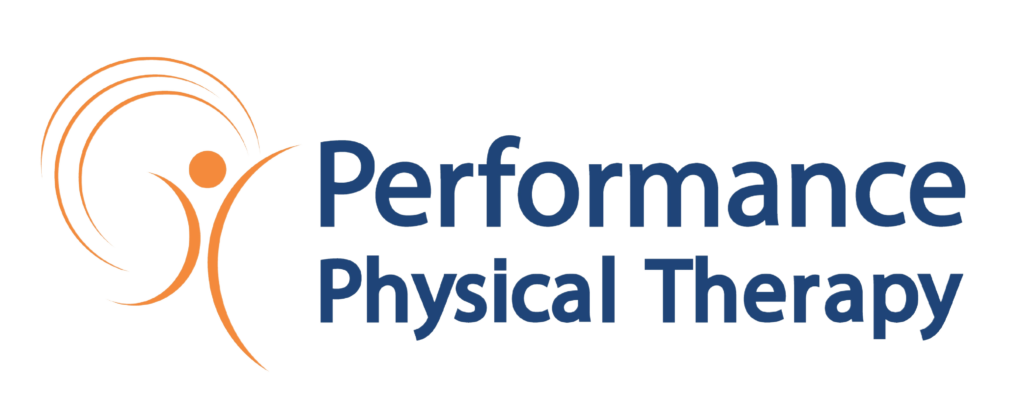Is Exercise Beneficial or Harmful to Your Chronic Pain?

You are not alone if you are suffering from chronic pain. One of the most common reasons adults seek medical attention is for persistent pain or discomfort. It’s a mild nuisance for some people. Chronic pain, on the other hand, can overwhelm your resilience and overpower your life.
Wherever you are on the pain spectrum, exercise is probably not the first thing that comes to mind as a solution, but a lack of exercise can actually make your pain worse.
EXERCISE AND CHRONIC PAIN: DO THEY HAVE TO BE AT ODDS?
When your knees or hips hurt just getting out of bed, putting on your running shoes probably doesn’t sound appealing. But that doesn’t mean you should stop exercising altogether. In fact, regular physical activity can provide a variety of health benefits for people suffering from chronic pain, including:
- Weight loss or maintenance can help to reduce joint stress.
- Muscle strength is increased, which aids in joint stabilization.
- Increased flexibility improves joint function and lowers your risk of falling.
Aside from the physical benefits, experts believe that exercise can activate areas of the brain that make pain more tolerable. Physical activity, activates the body’s natural opioid system. Exercise activates brain areas that produce euphoria, also known as a “runner’s high.” In other words, exercise can produce the same effects as prescription painkillers, but without the side effects or risk of addiction. Exercise also helps to reduce stress, which can make you more sensitive to chronic pain.
BREAKING DOWN THE BARRIERS
Of course, it’s understandable to be hesitant to move more when you’re in chronic pain. Pain is a strong warning sign that something is wrong, and it’s only natural to respond to that warning by moving less. The fear that working out will aggravate your pain is a powerful hindrance to regular exercise.
Our ideas about exercise can get in the way too. Physical fitness is frequently portrayed in the media as people who are in peak health and are pain-free. It’s also widely promoted as a means of achieving some measurable goal, such as breaking a personal record in a marathon or losing a certain amount of weight. However, for people suffering from chronic pain, fitness can be both less and much more. Exercise, when combined with appropriate treatment from a pain management specialist, can help you reclaim your life.
You can reduce your risks, quiet your fears, and reframe your fitness expectations by seeking advice from your pain management doctor and recognizing that you have complete control over your exercise. You have the option to stop immediately if something does not feel right. You get to decide what fitness looks like for you, and then you can develop an exercise routine that works best for you.
WHICH EXERCISES ARE BEST FOR CHRONIC PAIN?
Before beginning a new exercise program, it is critical that you consult with physical therapist. They can direct you to exercises that will keep any risks to a minimum while also helping you manage your chronic pain to the greatest extent possible.
Depending on the cause and severity of your chronic pain, here are some exercises they may recommend and that you may find useful.
Range-of-Motion Exercises
Gentle, rolling exercises are particularly well-suited for people with arthritis and other types of joint pain. These movements ease stiffness and improve joint mobility. Try neck rolls, raising your arms slowly up and down, and shoulder rolls for the upper body. Do gentle standing hip and knee circles to loosen up your lower body.
Walking
Moderate aerobic exercise increases stamina, giving you more energy to get through the day. Walking is a perfect choice: it’s convenient and can be done virtually anywhere. Consider starting off with ten-minute walks and gradually increasing the length if your joints tolerate it well.
Yoga
Pictures and video clips of yoga often feature experienced yogis in advanced poses. But yoga doesn’t need to be nearly that complicated. In fact, one of its most powerful benefits is that it’s rooted in deep breathing. Taking deep, cleansing breaths can help you manage stress and ensure your body gets the oxygen it needs to perform its best.
Once you’ve developed that foundation of deep breathing, you can begin trying simple, therapeutic poses. Gentle or restorative yoga classes, either online or in a studio, are ideal for people with chronic pain. If you have chronic back pain, stretches such as seated twists may help ease tension in your back muscles.
Modified Strength Exercises
Cable machines and free weights at the gym can be daunting for people with chronic pain. Fortunately, you can bypass them altogether, or choose to work your way up to them. You already have everything you need to get a low-impact strength workout at home. Limit the intensity and range of motion with modified exercises such as wall push-ups, standing planks, and chair squats to strengthen the muscles that support your joints.
Swimming
The water’s buoyancy supports your body weight and minimizes the stress on your joints and spine. It’s often ideal for anyone with chronic back pain. To keep it low-intensity, consider gentle water aerobics or a slow, steady swimming style, such as the breaststroke. Even “pool walking,” in which you walk from one side of the pool to the other, can give you a great workout. The resistance of the water will challenge your muscles in new ways without putting excess strain on your joints.
Cycling
Whether on the road or on a stationary bike, cycling provides an aerobic workout that adapts well to your current fitness level. You can dial the intensity up or down, modifying factors like speed and resistance to suit how your body is feeling. Like swimming, cycling is an excellent low-impact aerobic workout.
Chronic pain calls for an individualized approach. Our Physical Therapists can recommend treatment options to help control your symptoms.
Contact us to schedule an appointment with one of our physical therapists today!
